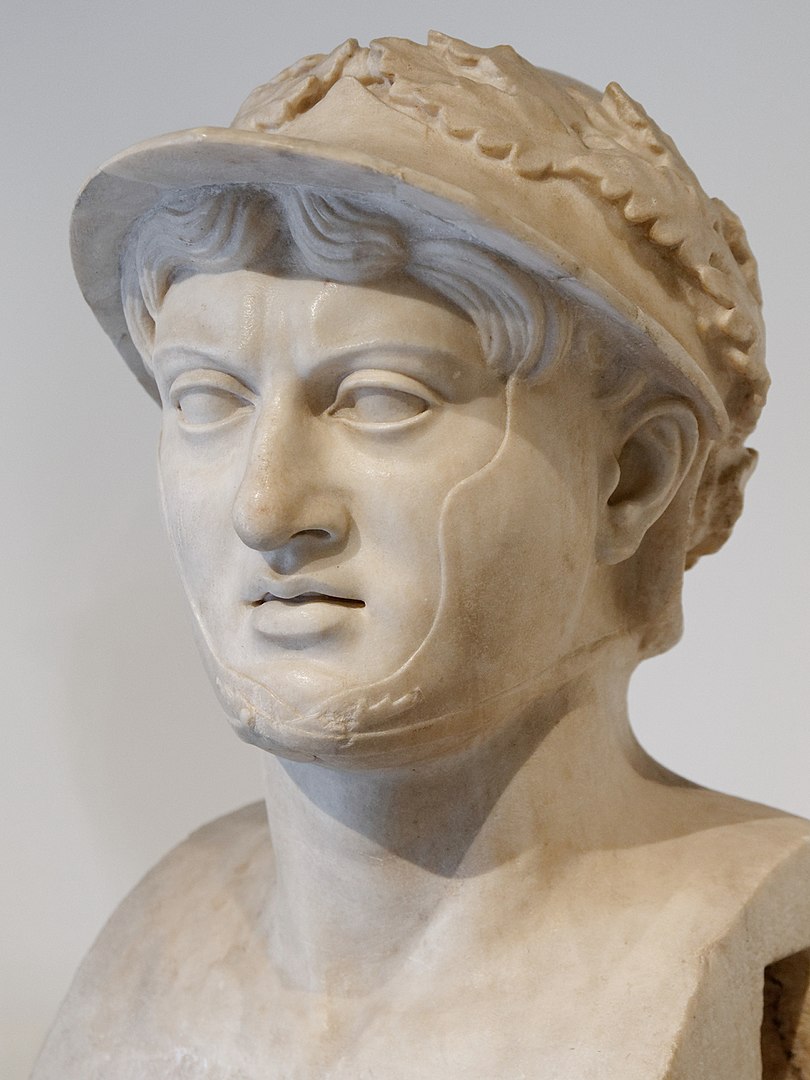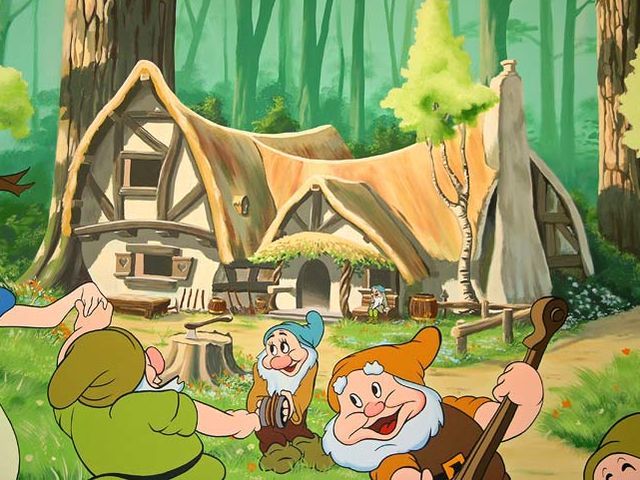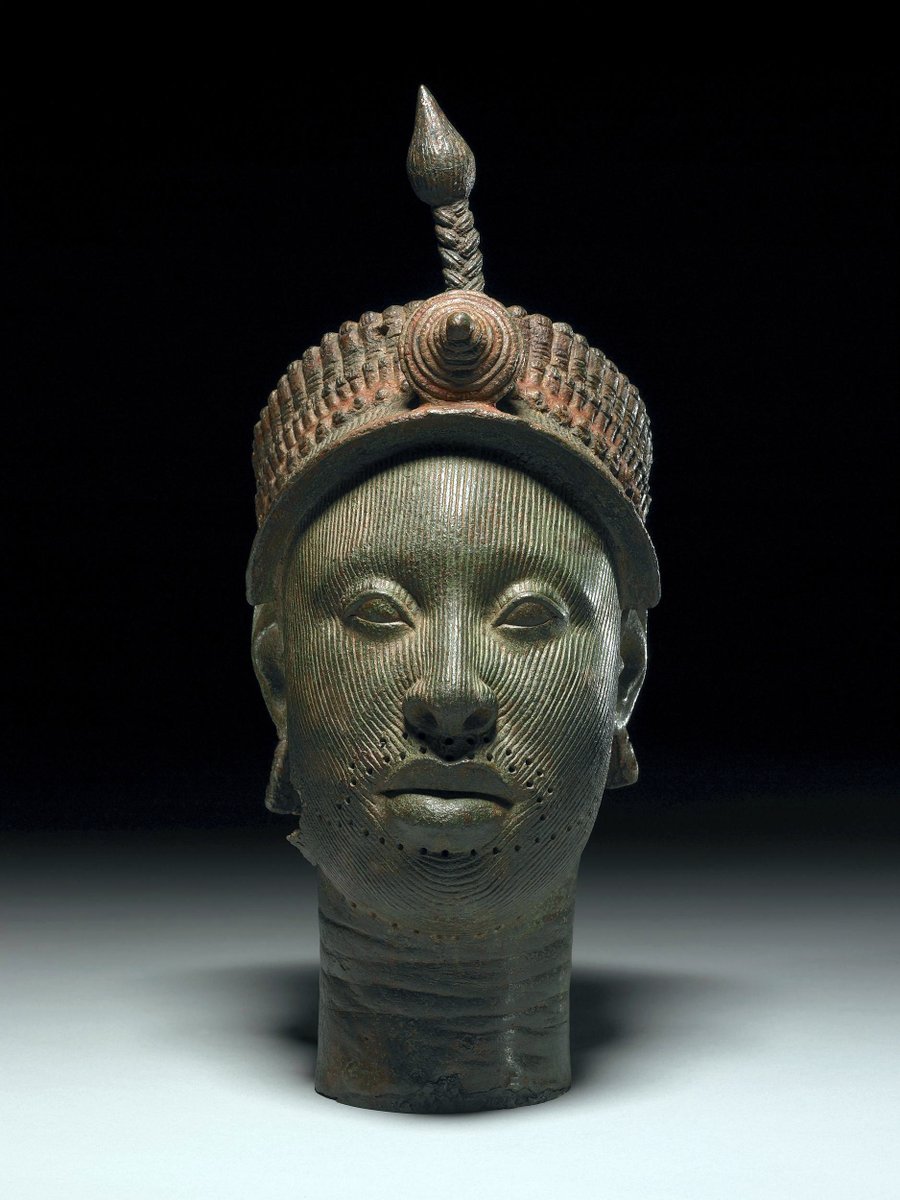
The history of Ancient Rome in 23 tweets:
1. We begin with Rome's mythological origins, as told in Virgil's Aeneid.
Aeneas, a Prince of Troy, fled after the Trojan War and wandered the Mediterranean until he settled in a part of Italy called Latium in around 1100 B.C.
Aeneas, a Prince of Troy, fled after the Trojan War and wandered the Mediterranean until he settled in a part of Italy called Latium in around 1100 B.C.

2. Aeneas' son, Ascanius, went on to found a city called Alba Longa. His family reigned there for the next three hundred years, until in 771 B.C. two twins were born: Romulus and Remus.
Their mother, Rhea Silva, was the daughter of a deposed king called Numitor...
Their mother, Rhea Silva, was the daughter of a deposed king called Numitor...
3. And so the twins, as a threat to the current king, were abandoned.
But they were, so the myth goes, reared by a she-wolf and raised by a shepherd called Faustulus. And, once grown, Romulus and Remus returned to Alba Longa and restored their grandfather to the throne.
But they were, so the myth goes, reared by a she-wolf and raised by a shepherd called Faustulus. And, once grown, Romulus and Remus returned to Alba Longa and restored their grandfather to the throne.

4. Having done so, Romulus and Remus then wanted to found their own city.
They chose the place with seven hills where Faustulus had raised them, but fell out over which hill to build on and about who would be King.
Somehow Remus ended up getting killed...
They chose the place with seven hills where Faustulus had raised them, but fell out over which hill to build on and about who would be King.
Somehow Remus ended up getting killed...

5. So Romulus gave his name to the new city, founded in 753 B.C. - Rome - and became the first of seven Roman Kings who reigned for the next two hundred years.
Numa gave them their religious rites and Servius Tullius their political system; but then came Tarquinius Superbus...
Numa gave them their religious rites and Servius Tullius their political system; but then came Tarquinius Superbus...

6. In 509 B.C. King Tarquinius Superbus raped a noblewoman called Lucretia, who then committed suicide.
Lucius Junius Brutus led the inevitable revolt. Tarquin was kicked out and the Romans vowed never to be ruled by kings again.
The Roman Republic was born.
Lucius Junius Brutus led the inevitable revolt. Tarquin was kicked out and the Romans vowed never to be ruled by kings again.
The Roman Republic was born.

7. The next two hundred years saw expansion, as Rome conquered neighbouring cities and territories.
And there was the "Conflict of the Orders", as the patricians (the aristrocrats) and the plebeians (the commoners) vied with one another until Rome's political system took shape.
And there was the "Conflict of the Orders", as the patricians (the aristrocrats) and the plebeians (the commoners) vied with one another until Rome's political system took shape.

8. So we come to 280 B.C., when Rome had conquered much of the Italian peninsula.
They attacked Tarentum, a Greek city in the south, who called for aid from King Pyrrhus of Epirus, one of the greatest generals of Antiquity.
Rome was about to face its greatest challenge yet...
They attacked Tarentum, a Greek city in the south, who called for aid from King Pyrrhus of Epirus, one of the greatest generals of Antiquity.
Rome was about to face its greatest challenge yet...

9. A vicious war ensued in which Pyrrhus won many battles - at a great cost to his own resources and manpower, hence the term "Pyrrhic Victory".
But, in the end, the Romans won. The strength of their political and military system was showing itself.
But, in the end, the Romans won. The strength of their political and military system was showing itself.

10. In 264 B.C. Rome first fought with the Carthaginians, who were present in Sicily.
And Rome built her first navy; never before had she ventured overseas. Two decades later the brutal war was over, and Rome was victorious.
And Rome built her first navy; never before had she ventured overseas. Two decades later the brutal war was over, and Rome was victorious.

11. But in 219 B.C. a Carthaginian called Hannibal invaded Italy, via Spain and the Alps, starting the Second Punic War - Rome's nadir.
He destroyed the Roman armies at the Battle of Cannae and even reached the gates of Rome itself. The Republic had never faced a greater threat.
He destroyed the Roman armies at the Battle of Cannae and even reached the gates of Rome itself. The Republic had never faced a greater threat.

12. Eventually, after much privation and slaughter, Rome pushed Hannibal back, partly thanks to the generalship of the young Scipio Africanus, and defeated him at the Battle of Zama in North Africa.
They were now the supreme power in the Mediterranean. That was in 201 B.C.
They were now the supreme power in the Mediterranean. That was in 201 B.C.

13. The next decades saw Rome invade and subdue Greece and Macedonia, even crossing into Asia to fight King Antiochus of the Seleucid Empire, along with conquests in Spain and Gaul.
As the historian Polybius wrote: Rome had, in barely a lifetime, become the master of the world.
As the historian Polybius wrote: Rome had, in barely a lifetime, become the master of the world.

14. So by the late 100s Rome was vast, powerful, and wealthy.
But social unrest was growing: there were masses of urban poor, displaced by landowners with slaves.
The Gracchi Brothers, two politicians who tried to solve this with land redistribution, were both killed.
But social unrest was growing: there were masses of urban poor, displaced by landowners with slaves.
The Gracchi Brothers, two politicians who tried to solve this with land redistribution, were both killed.

15. For various reason, Rome came to be dominated by individuals rather than by the Senate.
First Marius, then Cinna, then Sulla - the first Roman to march on Rome itself, in 88 BC - plunged Rome into decades of civil war.
The Republic was buckling under its own weight...
First Marius, then Cinna, then Sulla - the first Roman to march on Rome itself, in 88 BC - plunged Rome into decades of civil war.
The Republic was buckling under its own weight...
16. Enter Julius Caesar, who formed the "First Triumvirate" with Pompey the Great and Crassus, the three leading men of Rome, in 60 BC.
But it broke down and civil war followed. Caesar won. And in 44 B.C. he was declared "Dictator for Life".
But it broke down and civil war followed. Caesar won. And in 44 B.C. he was declared "Dictator for Life".

17. A man called Brutus, allegedly a descendent of the original, led a plot to assassinate Caesar. They succeeded on 15th March, 44 BC.
But they were defeated in a subsequent war by Mark Antony and a young man called Octavian, Caesar's grand-nephew and surprise choice as heir...
But they were defeated in a subsequent war by Mark Antony and a young man called Octavian, Caesar's grand-nephew and surprise choice as heir...

18. Octavian and Antony formed a Second Triumvirate with Lepidus.
Which broke down: Antony went to Egypt with Cleopatra, Octavian stayed in Rome, and Lepidus was ousted.
More civil war, this time ending in 31 BC with the Battle of Actium and Antony's suicide a few months later.
Which broke down: Antony went to Egypt with Cleopatra, Octavian stayed in Rome, and Lepidus was ousted.
More civil war, this time ending in 31 BC with the Battle of Actium and Antony's suicide a few months later.

19. Octavian was now the leading man of the Republic, and by a gradual process of drawing pre-existing powers to himself, became a pseudo-Emperor.
In 27 B.C. he was given the title "Augustus", and Rome was an empire in all but name.
Order and stability at last: the Pax Romana.
In 27 B.C. he was given the title "Augustus", and Rome was an empire in all but name.
Order and stability at last: the Pax Romana.

20. Augustus was followed by his adopted son Tiberius, then vicious Caligula, confused Claudius, and mad Nero. In 69 AD Nero was killed, civil war broke out, and four different emperors held the throne.
Galba, Otho, Vitellius, and Vespasian (who built the Colosseum).
Galba, Otho, Vitellius, and Vespasian (who built the Colosseum).

21. That the throne could be seized by military force presented a threat to stability, but Rome continued to expand and indeed flourished under the "Five Good Emperors".
Nerva, Trajan, Hadrian, Antoninus Pius, and Marcus Aurelius reigned from 96-180 AD collectively.
Nerva, Trajan, Hadrian, Antoninus Pius, and Marcus Aurelius reigned from 96-180 AD collectively.

22. Then came the Crisis of the Third Century, as the vast empire fractured, until it was patched up and fixed by Diocletian's Tetrachy.
And in 330 AD, after converting to Christianity, Constantine moved the capital to Byzantium, renamed Constantinople, in the far richer East.
And in 330 AD, after converting to Christianity, Constantine moved the capital to Byzantium, renamed Constantinople, in the far richer East.

23. In 395 AD the Roman Empire was formally split into distinct Western and Eastern states.
And in the 5th century economic instability, mass migration, and constant invasion brought the Western Empire to its knees.
So, in 476 AD, 1,200 years after its founding, Rome fell.
And in the 5th century economic instability, mass migration, and constant invasion brought the Western Empire to its knees.
So, in 476 AD, 1,200 years after its founding, Rome fell.

And that is, with *many* details elided, a short timeline of Ancient Rome (not including the full story of the Eastern Empire, of course), from foundation to Kingdom to Republic to Empire to fall. 

• • •
Missing some Tweet in this thread? You can try to
force a refresh






















